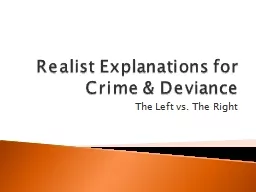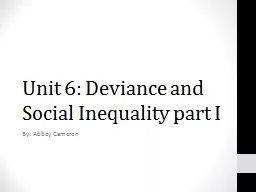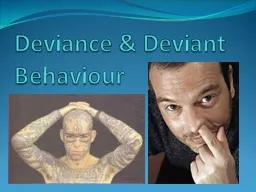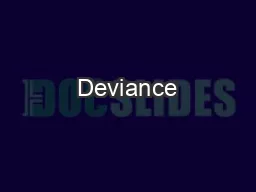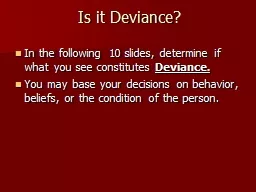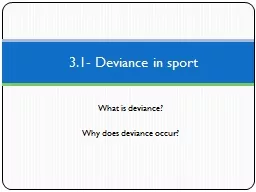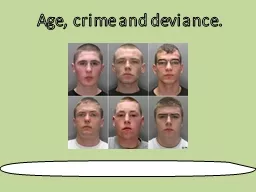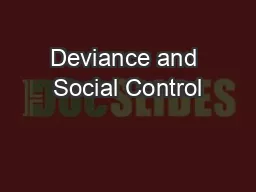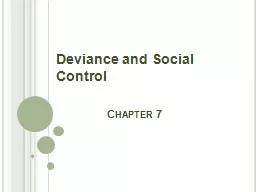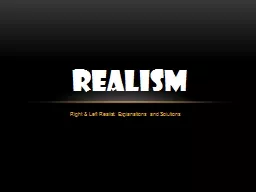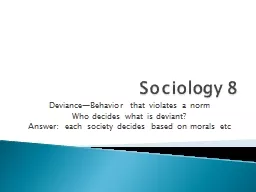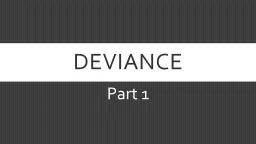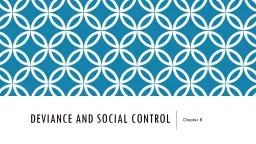PPT-Realist Explanations for Crime & Deviance
Author : lindy-dunigan | Published Date : 2017-06-05
The Left vs The Right Discuss What does it mean to have left wing or right wing political views What do we mean by the political spectrum People shouldnt have to
Presentation Embed Code
Download Presentation
Download Presentation The PPT/PDF document "Realist Explanations for Crime & Dev..." is the property of its rightful owner. Permission is granted to download and print the materials on this website for personal, non-commercial use only, and to display it on your personal computer provided you do not modify the materials and that you retain all copyright notices contained in the materials. By downloading content from our website, you accept the terms of this agreement.
Realist Explanations for Crime & Deviance: Transcript
Download Rules Of Document
"Realist Explanations for Crime & Deviance"The content belongs to its owner. You may download and print it for personal use, without modification, and keep all copyright notices. By downloading, you agree to these terms.
Related Documents

